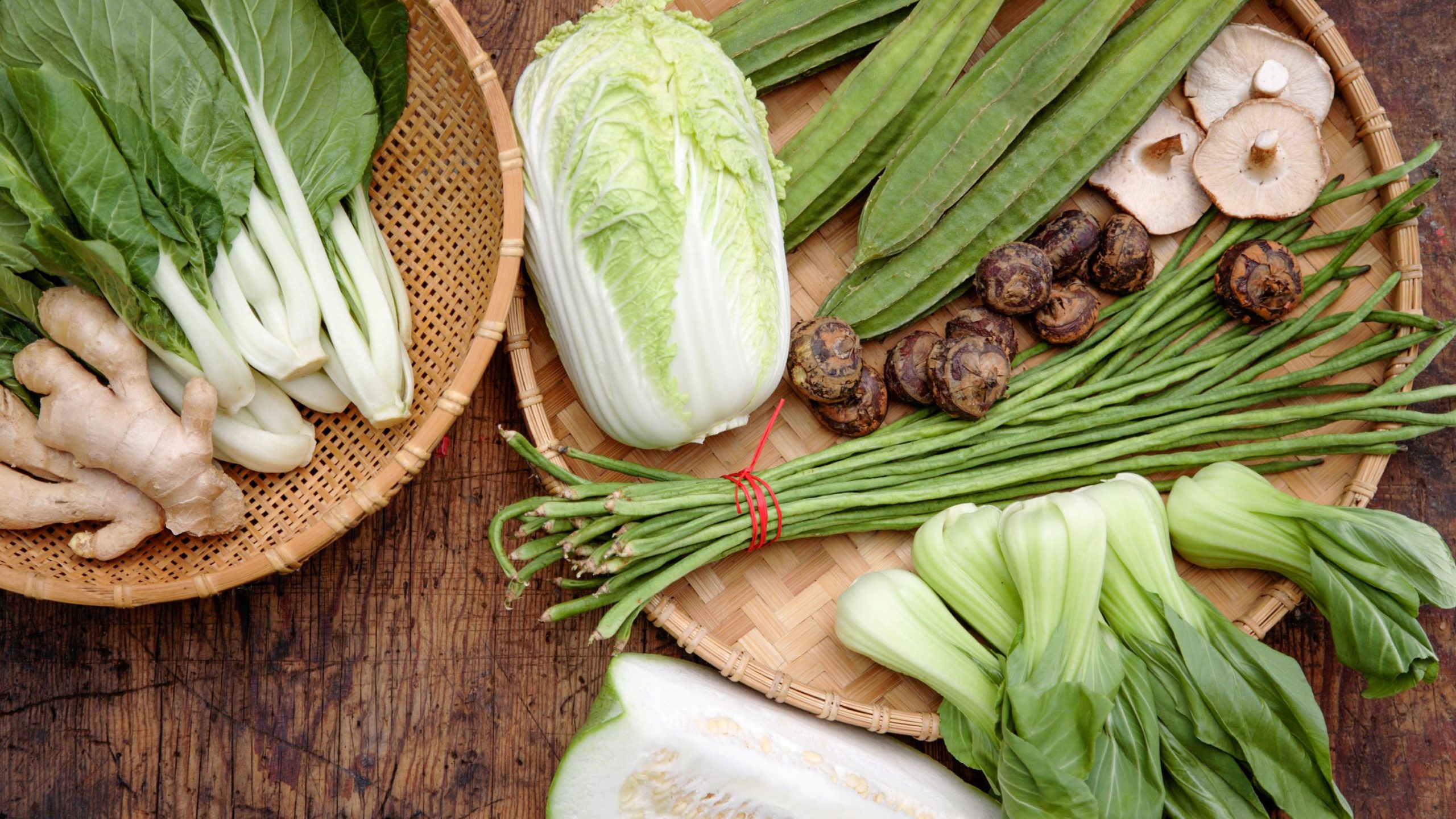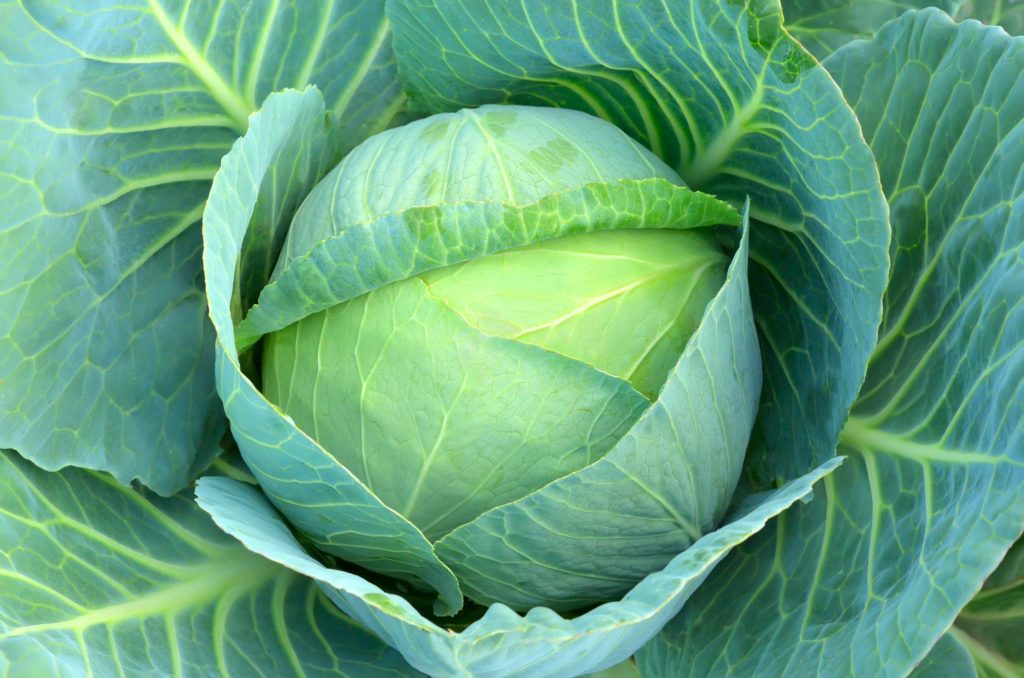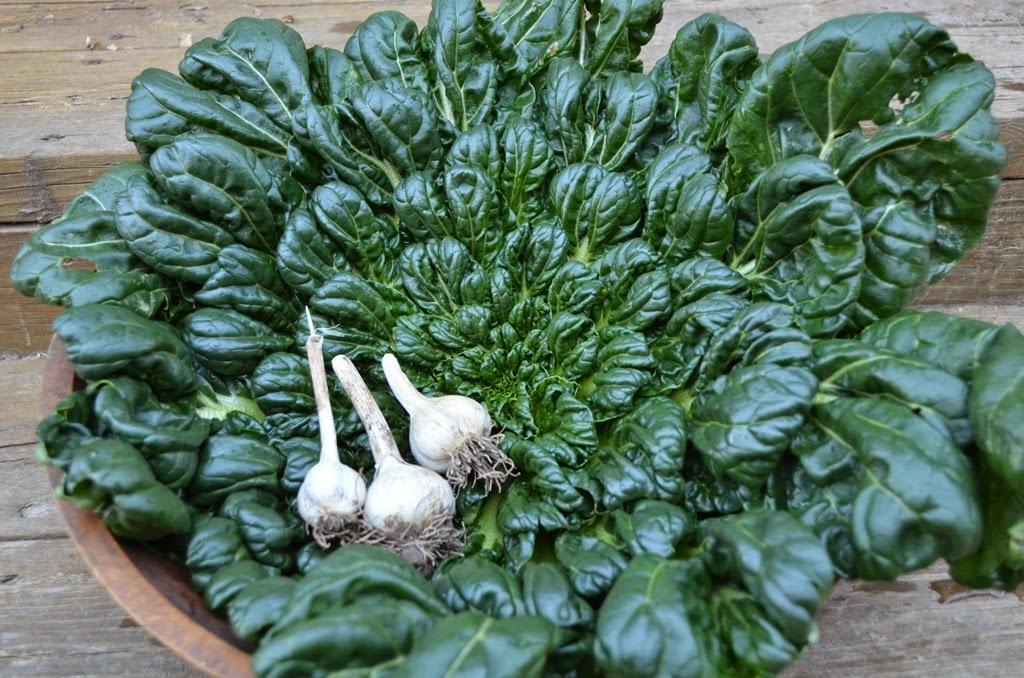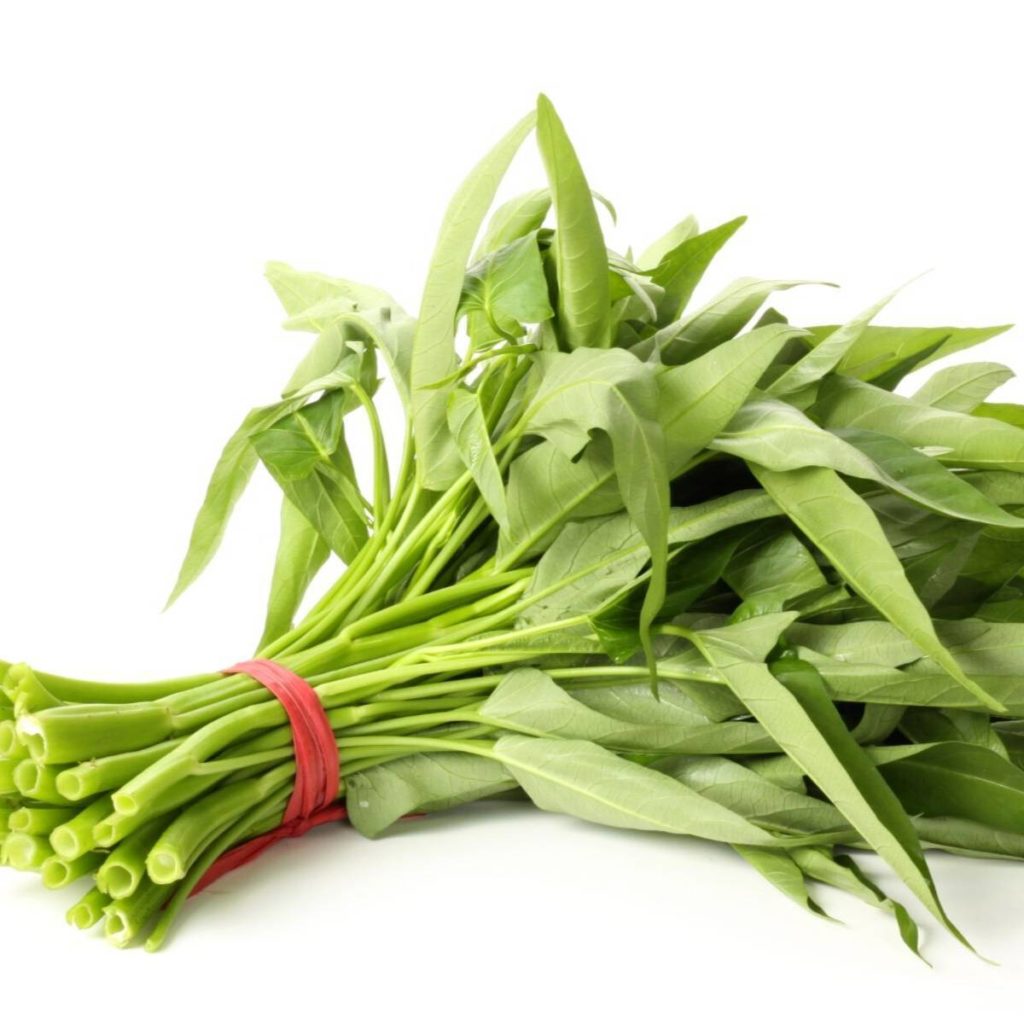



Leafy Asian vegetables refer to a range of similar vegetables such as bok choy, pak choy, gan lan and wombok. This is also known as Chinese cabbage. These names also have various other synonyms in different parts of the world.
There is no evidence of Chinese cabbage when it comes to historical references. Hence, the vegetable we know today is probably a cross between bok choy and a turnip. It has a mildly sweet flavour and is the cabbage most commonly used to make the Korean pickle, kimchee.


This is a version of a flat cabbage (an Asian leafy vegetable) used in both Chinese and Japanese cuisine. It grows only a few inches from the ground and has white stems. It is usually sold as young leaves when the flavour is delicate and there is sweet juiciness. It tastes similar to bok choy.


This spinach-like vegetable (a leafy Asian vegetable) is very popular for Chinese cuisine, mainly due to the pointy leaves that wilt quickly and the hollow stems that trap any flavour added when cooking. Garlic is usually included when cooking this particular green. The flavour is sweet and delicate and best cooked a little even when being added to a salad.


As of June 2020:
These leafy Asian vegetables are grown in the populated cities in Australia. Furthermore, they are mostly grown in market centres. Some of the major production areas include the Sydney Basin in New South Wales and the Melbourne region in Victoria.